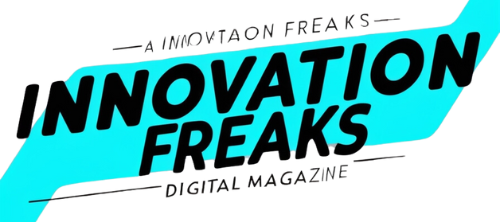3D printing is revolutionizing film and TV production, providing innovative solutions that enhance creativity and efficiency in the industry.
The Rise of 3D Printing in Entertainment
In recent years, 3D printing has emerged as a transformative technology in the entertainment sector. The ability to create intricate models and props at a fraction of the time and cost compared to traditional methods has allowed filmmakers to push the boundaries of their creativity. Studios can now produce high-quality visuals without the limitations of traditional manufacturing techniques. From detailed character models to elaborate set pieces, 3D printing is redefining production possibilities in the film industry.
Advantages of 3D Printing for Production Studios
The advantages of adopting 3D printing in production studios are numerous. It significantly reduces lead times, enabling studios to respond swiftly to creative changes. Additionally, the reduced costs associated with creating physical props and sets allow filmmakers to allocate budgets more efficiently. As a result, productions can experiment with concepts that were previously deemed unfeasible due to budget constraints. This innovation encourages a culture of experimentation and rapid prototyping, which ultimately leads to enhanced storytelling.
Customization and Flexibility in Design
One of the most remarkable features of 3D printing is its ability to customize and personalize designs quickly. This is particularly beneficial in the production of unique props and costumes that cater to specific character requirements. Designers can create bespoke items tailored to the precise needs of the narrative, rather than relying on stock items. The flexibility provided by 3D printing enables creative teams to prototype multiple versions of a prop before settling on the final design, ensuring each element perfectly fits the production vision.
Using 3D Printing for Visual Effects
In addition to creating physical props, 3D printing has a significant role in enhancing visual effects (VFX). The integration of physical models with digital effects can produce highly realistic scenes that captivate audiences. By employing models created through 3D printing, filmmakers can maintain a tangible aspect in virtual environments, thus enriching the visual experience. This blend of traditional and modern techniques highlights how innovation drives the evolution of storytelling in film and television.
Environmental Impact of 3D Printing
Another important aspect of 3D printing in film and TV production is its potential positive impact on the environment. Traditional manufacturing processes can be resource-intensive, leading to significant waste. In contrast, 3D printing adheres to a more sustainable approach by only using the materials necessary for each project. This reduction in waste supports the industry’s ongoing efforts to embrace eco-friendly practices, aligning with a broader societal push towards sustainability in all sectors, including entertainment.
The Future of 3D Printing in Film and TV
As technology evolves, the future of 3D printing in film and TV production looks promising. The continuous advancements in printing materials and techniques will pave the way for even more innovative applications. As studios become more familiar with this technology, its integration into the production process is likely to expand. The prospect of merging 3D printing with other emerging technologies, such as artificial intelligence and augmented reality, suggests a transformative future for how stories are told on screen.
Disclaimer: The information provided in this article is for educational purposes only and does not constitute professional advice. Always consult a qualified professional for specific needs.





















